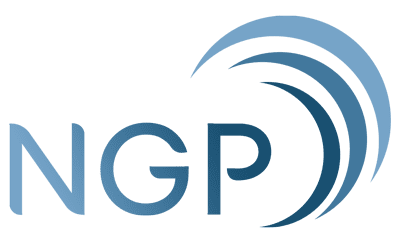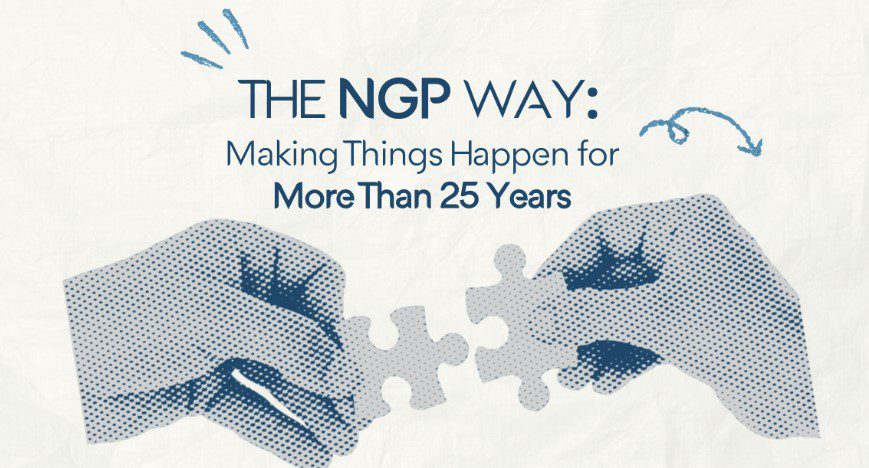Having a concrete plan is pivotal in business. Brands must meticulously craft integrated marketing plans to ensure that they put out a cohesive, consistent message across all marketing channels. This means that all promotional activities—may it be advertising, public relations, and digital marketing—must be integrated and aligned with each other to maximize impact.
Want to develop an integrated marketing communications (IMC) plan that resonates across channels and builds a stronger, more recognizable brand? Here’s a step-by-step guide for that!
- Define your goals and objectives
The first and most crucial step in creating an IMC plan is setting clear goals. Don’t jump in blindly and hope for the best—luck can only take a business so far!
You need to begin by identifying what you want to achieve with your marketing efforts. Common objectives may include:
- Increasing brand awareness
- Generating leads and sales
- Boosting customer engagement
- Establishing thought leadership
You also need to ensure your goals are SMART—Specific, Measurable, Achievable, Relevant, and Time-bound. Say, a goal for one PR agency might be “increase brand awareness by 25% in six months through a mix of social media, email marketing, and PR outreach.”
- Understand your target audience
The key to an effective IMC plan is—you guessed it—understanding your target audience well. Always consider demographic, psychographic, and behavioral traits, such as:
- Age, gender, income level, and location
- Interests, lifestyle, and values
- Purchasing habits and preferred communication channels
A deep understanding of your audience partnered with the utilization of the right platforms guarantees an effective and rewarding reach.
Related: https://www.ngpimc.com/target-audience-pr-marketing/
- Establish a consistent brand message and voice
Always remember that an IMC plan relies on a unified brand message and tone across all channels. Develop a brand positioning statement that conveys what your brand stands for, why it’s unique, and the core values it represents. Then, establish guidelines for your brand voice to maintain consistency in tone—whether it’s professional, conversational, or witty.
For instance, Lazada, one of the biggest online shopping platforms in the Philippines, adopts and maintains an enthusiastic tone to communicate to its diverse audiences on different social media platforms.
- Use the right marketing channels
This may not seem like a critical choice to make, but trust us—it is. If you have the best material but you put it on the wrong channel with the wrong audience, that’s just a wasted opportunity for success. So, be critical when choosing the right mix of marketing channels for your brand.
If you have no idea what to use, you can consider the following:
- Digital channels: Social media, email marketing, content marketing, and SEO
- Traditional channels: Print media, television, radio, and direct mail
- Public relations: Press releases, media pitches, and event sponsorships
- Events and partnerships: Trade shows, webinars, and cross-promotions with other businesses
Keep in mind that each channel should support the others to create a seamless brand experience across all customer touchpoints.
- Connect channels through content strategy
Good content is the cornerstone of a successful marketing plan, and some brands struggle with this. A HubSpot report shows that 13 percent of marketing leaders name content strategy as their top challenge.
The secret to making a good content strategy?
Connect your story! Prioritize creating a cohesive story across all channels.
But how can you craft a unified story? Start by mapping out the types of content you’ll produce and ensure each piece aligns with your overall message and goals.
These can be:
- Blog posts
- Social media content
- Email campaigns
- Press releases
When each content piece aligns with your brand message, you create a unified experience for your audience that amplifies your marketing impact.
- Develop a budget and allocate resources
Set a realistic budget. We get it—you want to spend as little as possible and get big returns. But here’s the truth: that’s not how success works. You can’t expect massive results without investing properly.
What you need to do is to take each channel, costs for paid advertising, content creation, event participation, PR outreach—everything—into consideration. Budget wisely and never compromise the quality of one for another.
If it’s any help, focus on the high-yielding ROI of allocating resources effectively!
- Set up analytics to track performance
With how the marketing landscape is operating nowadays, it is now pivotal to make data-driven decisions. This means that you need to track the performance of your strategies to see what works and what doesn’t. Make sure to also define the metrics that align with your goals, such as:
- Website traffic and engagement metrics (e.g., bounce rate, time on site)
- Social media engagement and follower growth
- Conversion rates and lead generation statistics
- Public relations metrics, such as media mentions and earned impressions
To gain a deeper understanding of this topic, read our article on how you can leverage data analytics for your marketing strategies.
- Coordinate across teams to ensure alignment
Needless to say, an integrated marketing plan requires collaboration across all departments involved in PR, social media, content creation, and advertising to ensure alignment. To do so, develop a communication plan that includes:
- Regular team meetings to discuss campaign progress and address challenges
- Shared marketing calendars to align content release dates and promotional activities
- A clear outline of roles and responsibilities for each team member
When everything is aligned, your marketing feels more natural and works a lot better.
- Leverage technology and automation
It’s no secret that technology can streamline operations, but the real question is where and how to use it. For marketing, you can leverage marketing automation tools to schedule posts, manage email campaigns, and track customer interactions across channels.
Some helpful tools include:
- Social media management tools: Hootsuite, Buffer, or Sprout Social for scheduling and monitoring social media content
- Email marketing software: Mailchimp, HubSpot, or SendinBlue for automated email campaigns
- Project management tools: Asana, Trello, or Monday.com to keep campaigns organized and teams aligned
Integrating technology into your operation saves time and ensures that your messaging remains consistent, regardless of when or where it’s being distributed.
- Evaluate and optimize your plan regularly
You might think that once your strategy is in motion, the hard work is done. But the truth is, it’s not.
The final step in creating an effective marketing plan is to continually evaluate and optimize it. Marketing is dynamic, and adjustments are necessary as market trends shift, new insights emerge, or audience preferences evolve.
So, set aside time to assess the campaign’s success, gather feedback from your team and stakeholders, and adjust strategies based on insights you have gathered.
IMC for maximum impact
Whether you’re a startup or a long-running business, a well-structured marketing plan is what you need to stay ahead of the competition. It helps you focus your resources, align your team, and adapt to changing market conditions. If you need guidance with your marketing, collaborate with a trusted public relations agency.
Let’s craft a winning plan and set your marketing up for success. Reach out to us today!

Irishbeth Relampagos is a writer who specializes in crafting copies across various content formats, mainly SEO blogs and marketing materials. Her passion for translating ideas into impactful content has helped brands connect with their audiences in ways that transcend superficial and transactional interactions.
Irishbeth pursued English Language Studies at Polytechnic University of the Philippines where she honed her skills in writing. While originally focused on writing poems and opinion pieces, she shifted her career path to content writing after a successful stint as an SEO content writer during her internship.


